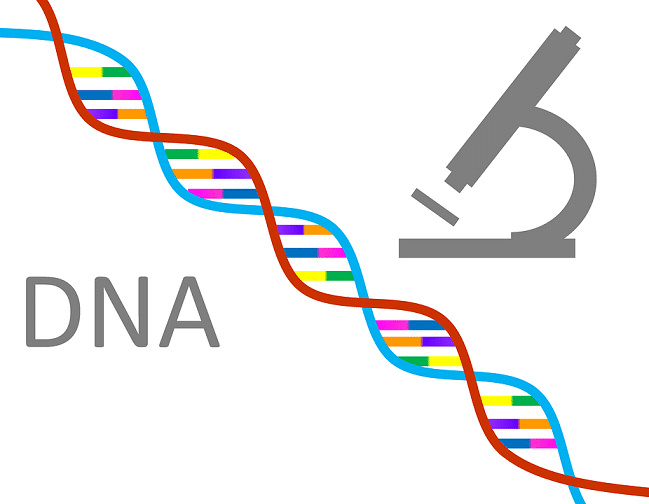According to a report, “DNA’s chiral spine of hydration,” published on 24 May in the American Chemical Society journal Central Science, the study saw the first observation of a chiral water superstructure surrounding a biomolecule.
Water is Earth’s most abundant natural resource, but has also always been something of a mystery regarding how things dissolve in it.
According to Poul Petersen, assistant professor of chemistry and chemical biology at Cornell University, It’s uniquely adapted to biology, and vice versa. It’s super-flexible. It dissipates energy and mediates interactions, and that’s becoming more recognized in biological systems.”
Petersen’s group used a relatively new form of spectroscopy to observe a previously unknown characteristic of water to study how water relates to and interacts with various systems such as DNA, the building block of all living things.
It was found that the water structure follows the iconic helical structure of DNA, which itself is chiral, meaning it is not superimposable on its mirror image. Chirality is a cardinal factor in biology, because most biomolecules and pharmaceuticals are chiral.
“If you want to understand reactivity and biology, then it’s not just water on its own,” Petersen said. “You want to understand water around stuff, and how it interacts with the stuff. And particularly with biology, you want to understand how it behaves around biological material — like protein and DNA.”
Water plays a major role in DNA’s structure and function; molecular dynamics simulations have shown a broad range of behaviours of the water structure in DNA’s minor groove, the area where the backbones of the helical strand are close together.
The group utilised chiral sum frequency generation spectroscopy (SFG), a technique detailed by Petersen in a 2015 paper in the Journal of Physical Chemistry.
“The techniques we have developed provide a new avenue to study DNA hydration, as well as other supramolecular chiral structures,” Petersen said.
While the group admits that their finding’s biological relevance is unclear, Petersen thinks the ability to directly examine water and its behaviour within biological systems is important.
“Certainly, chemical engineers who are designing biomimetic systems and looking at biology and trying to find applications such as water filtration would care about this,” he said.
Petersen said that another application could be the creation of better anti-biofouling materials which are resistant to the accumulation of algae, microorganisms and such on wet surfaces.
Get office water coolers and water cooler accessories from Living-Water.






